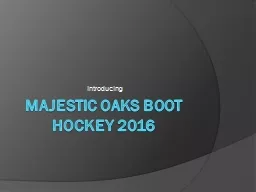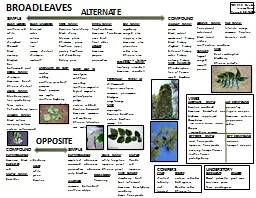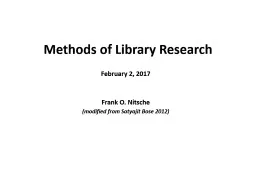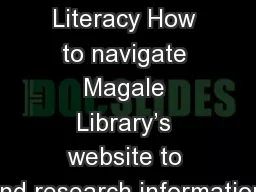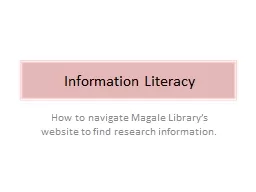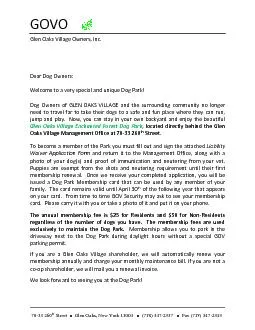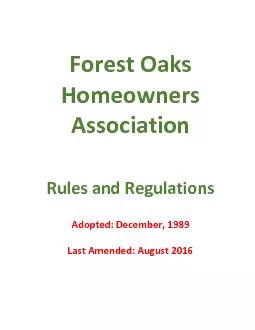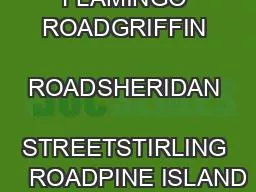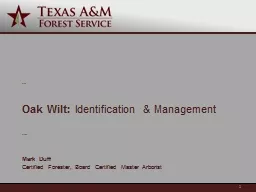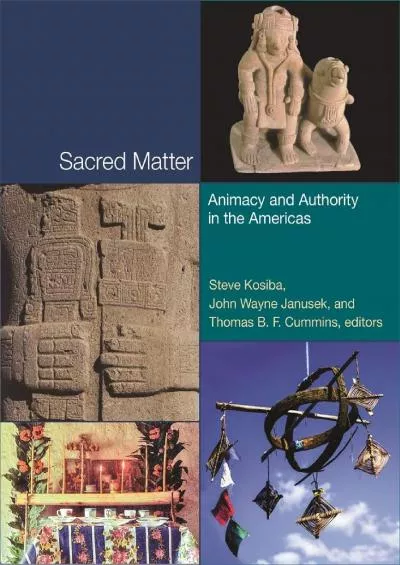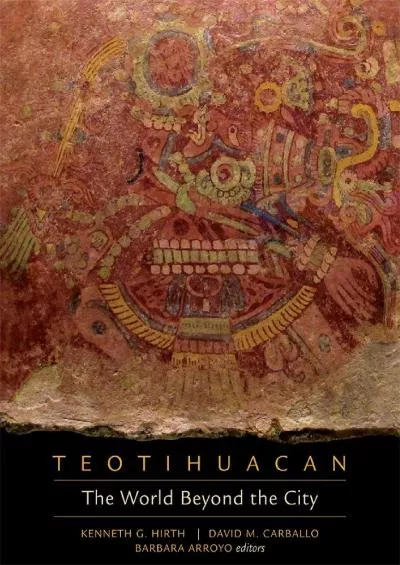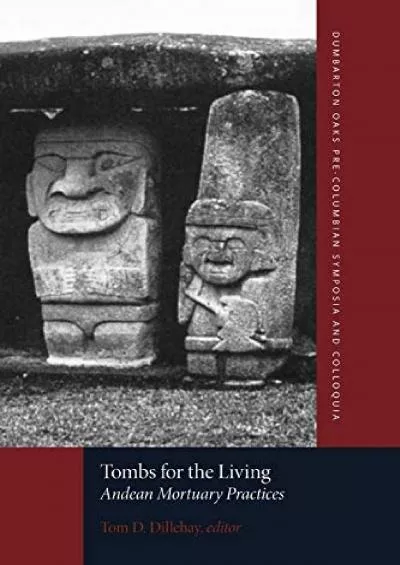PDF-Published by Dumbarton Oaks Research Library and CollectionDistributed
Author : hanah | Published Date : 2021-08-24
Dumbarton Oaks Papers Number Sixty 3130302931e Church of Hagia Sophia in Bizye Vize Results of the Fieldwork Seasons 30292928 and 30292927 Franz Alto Bauer and Holger
Presentation Embed Code
Download Presentation
Download Presentation The PPT/PDF document "Published by Dumbarton Oaks Research Lib..." is the property of its rightful owner. Permission is granted to download and print the materials on this website for personal, non-commercial use only, and to display it on your personal computer provided you do not modify the materials and that you retain all copyright notices contained in the materials. By downloading content from our website, you accept the terms of this agreement.
Published by Dumbarton Oaks Research Library and CollectionDistributed: Transcript
Download Rules Of Document
"Published by Dumbarton Oaks Research Library and CollectionDistributed"The content belongs to its owner. You may download and print it for personal use, without modification, and keep all copyright notices. By downloading, you agree to these terms.
Related Documents


